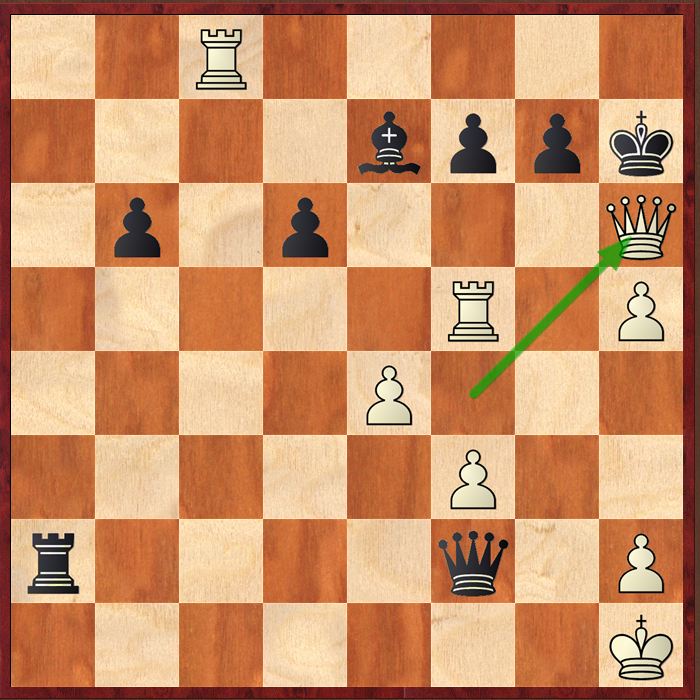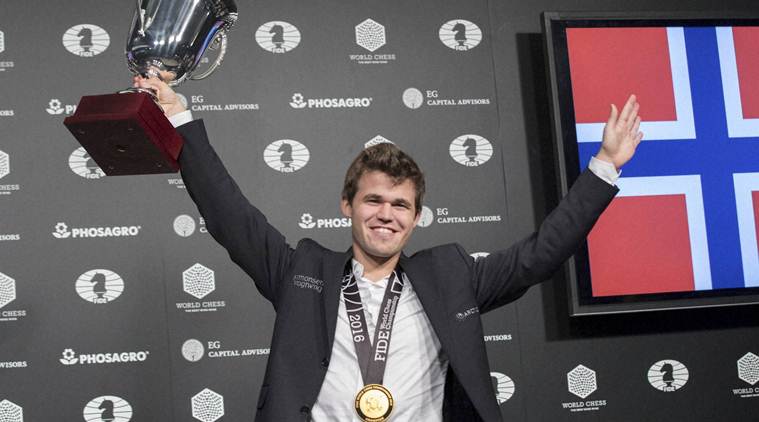Two years after he successfully defended his title against Anand in Sochi, Magnus Carlsen’s reign as the World Champion was once again challenged.
By winning the 2016 Candidates tournament, Carlsen’s childhood rival and friend, Ukrainian superstar Sergey Karjakin (once the youngest grandmaster in the world), gained an opportunity to compete for the World Champion title.
In contrast to his matches against Anand, which were regarded as the battle of the generations, this time Carlsen faced his contemporary. For only the second time in the history, both participants in the World Championship Match were younger than 30 (the first one being Kramnik – Leko 2004 match).
The match was held in the New York City from 11th to 30th November of 2016. Similarly as with the 2016 Candidates tournament, FIDE’s decision to partner with the AGON broadcasting company caused major controversy. During the Candidates tournament, AGON decided to forbid the live transmission of the games to other chess broadcasting sites and make the viewers pay the fee on their own website. Other chess companies sued Agon, went to court and won the case, gaining the right to broadcast the moves regularly.
Before the beginning of the match, Carlsen was regarded as a better player and as a huge favourite. Few remembered the psychological difficulties he encountered in his previous match against Anand; his dominance in tournament play and 4-1 head to head score against Karjakin reinforced the belief about his invincibility, especially among his fans.
However, a match turned out to be even more dramatic than the Sochi encounter. Karjakin, famed for his defensive skill, frustrated Carlsen with holding several inferior positions over the first seven games.
It would appear that this tenacity unnerved Carlsen and affected him psychologically. In the 8th game, playing the White side of the Colle system, he impatiently searched for tactical chances out of nothing.
Karjakin, in time trouble, failed to punish his opponent’s lackluster play immediately. However, instead of settling for a draw, Carlsen went on to continue the game, risked to much and was punished in spectacular fashion.
Thus, 4 games before the end of the match, Karjakin took the lead. In the 9th game, he gained a serious opportunity to increase his lead, but his 39 Bxf7+, although attractive, proved to be only the second best, and Carlsen managed to save the game.
In the 10th game, Carlsen leveled the score after finally managing to tear down the challenger in his typical grinding style. However, earlier in the game, both players missed a forcing continuation that would have led either to a forced draw or to an inferior position for Carlsen. Had Karjakin found 20… Nxf2, the whole match might have ended quite differently.
Nevertheless, after this decisive game, two quick draws followed and the Rapid Tiebreak followed. It was the first match after Anand – Gelfand 2012 to be decided on the tiebreak system.
In the tiebreak, Carlsen dominated, and by winning the 3rd and 4th game he won the match and retained his crown. The finish of the 4th game, featuring the fantastic 50 Qh6+!! sacrifice will definitely be remembered in the chess history.


